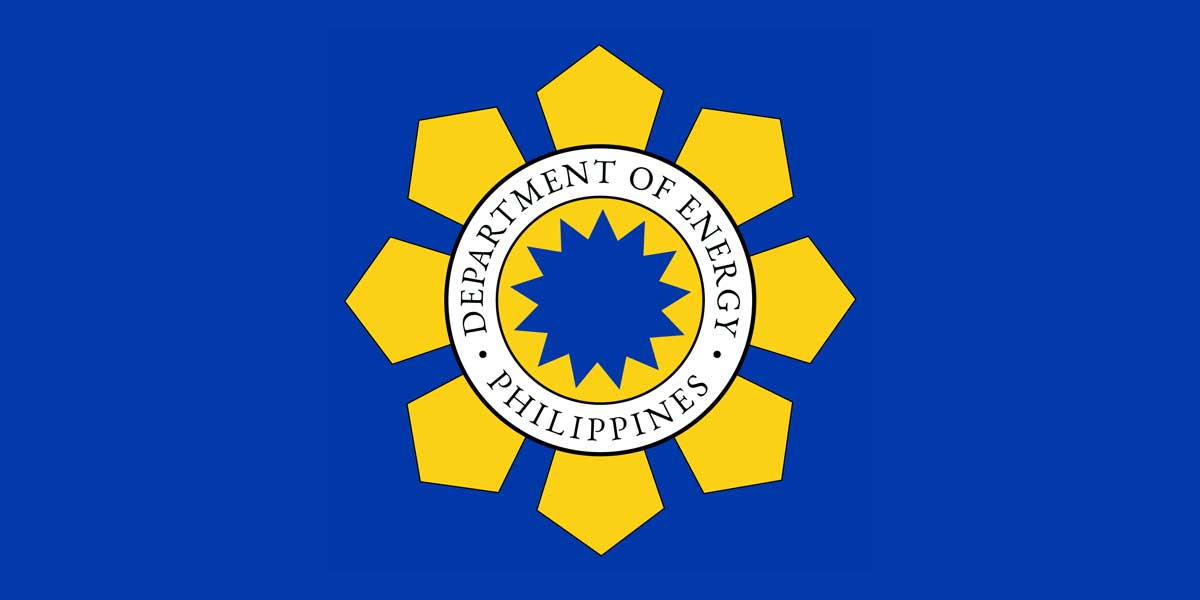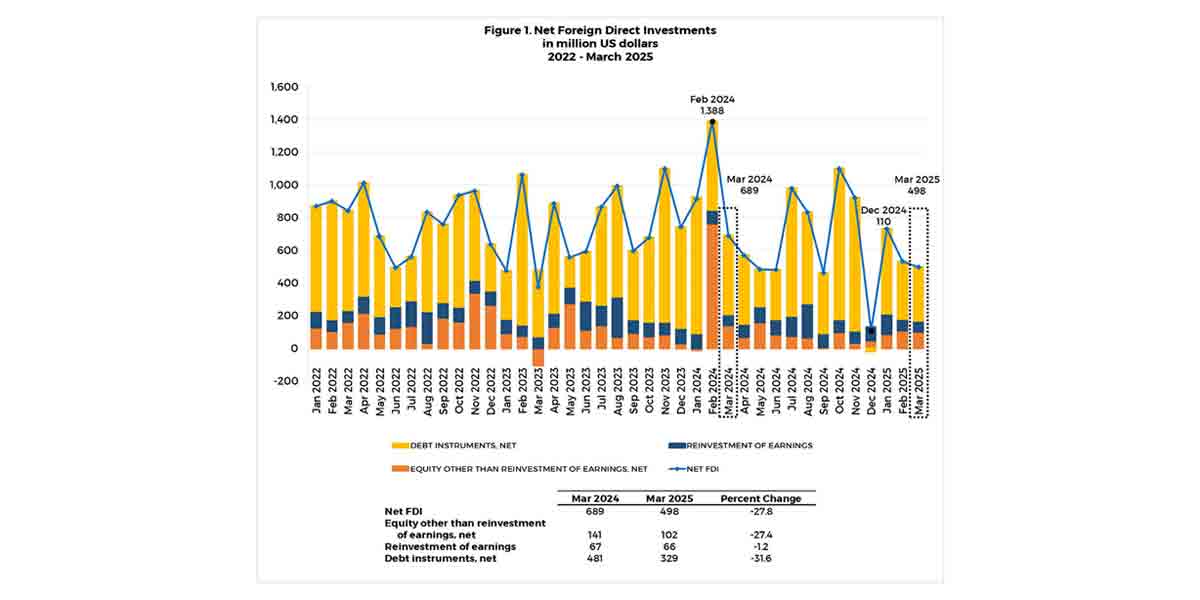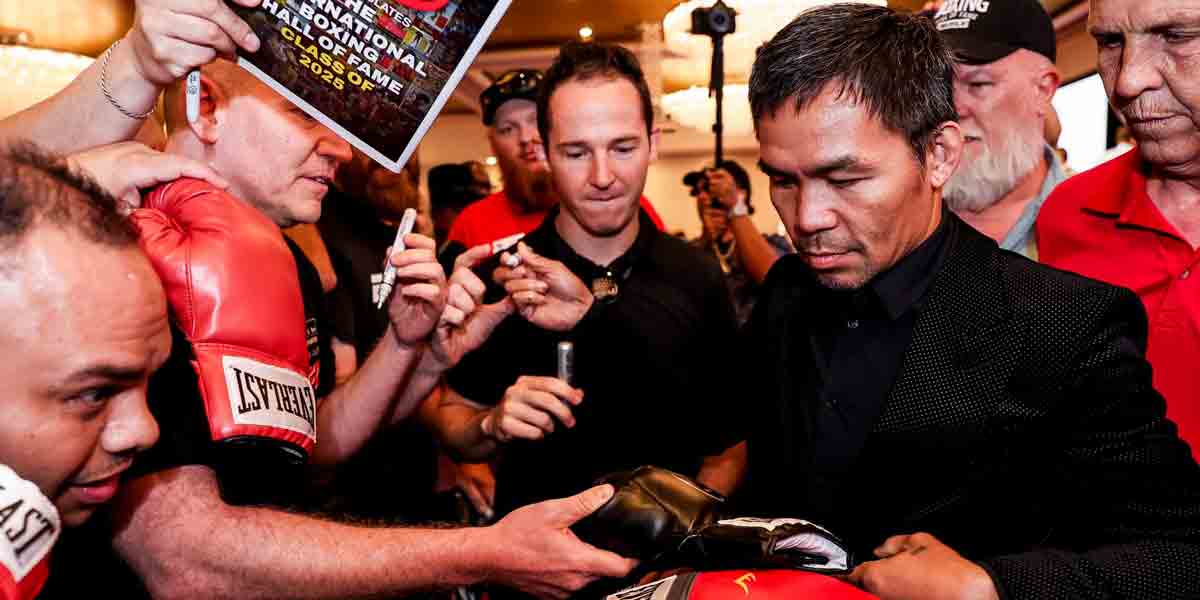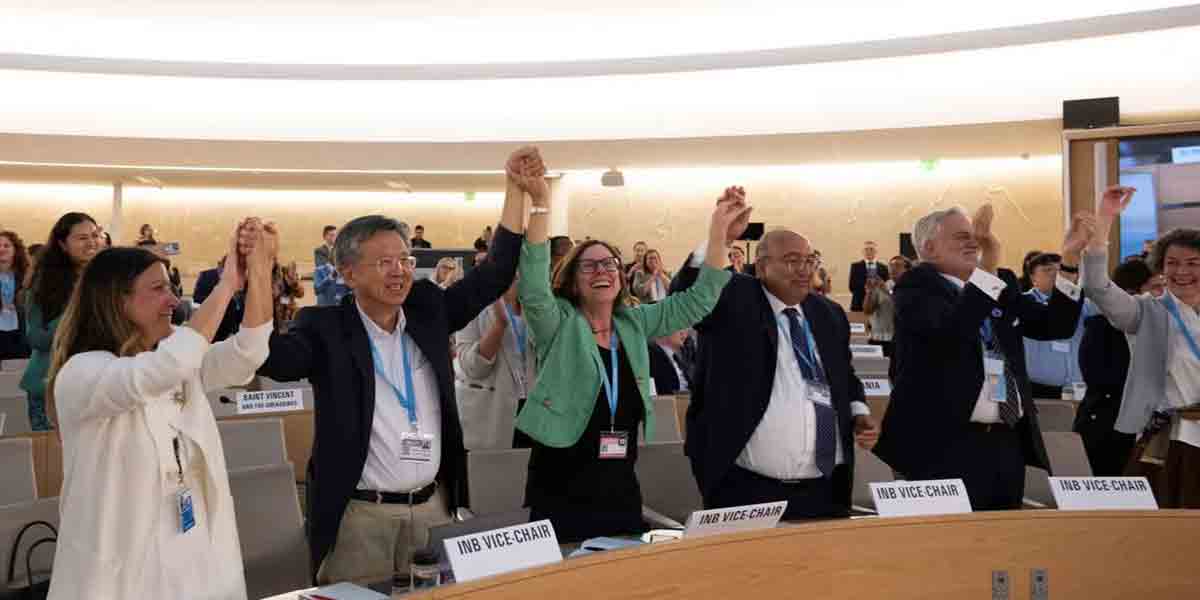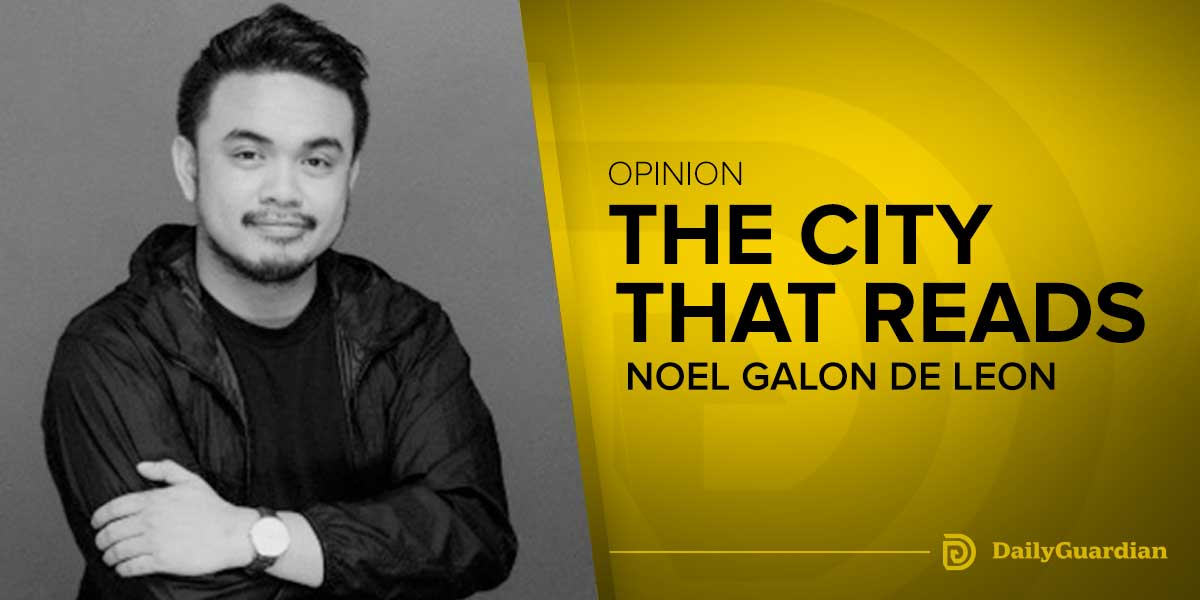By Herman M. Lagon
In Lapuz District, where the salty breeze from the port mixes with the comforting scent of early-morning pandesal, our family and neighbors have grown familiar with a different kind of daily ritual—not waiting for sunrise, sunset, or dawn, but for the rumble of the water delivery truck we all quietly hope will arrive. We huddle by the faucet with our balde and drum, unsure whether the next rush will come at 9 p.m., or at 7 p.m., or at 1 p.m., or at 11 p.m., or at 10 a.m., or maybe not at all. More often than not, the rationed flow stumbles in three hours late—or nine hours early with a teasing trickle that vanishes too soon, catching many households off guard, still at work, still going home after the daily grind, or already asleep. Miss the window, and it could be another two days with nothing but stored rainwater and bottled reserves. This is the choreography of coping. It is frustrating not only for its scarcity but for its unpredictability.
This story, though rooted in the Medalla Milagrosa Chapel Area, Railway, Brgy Lapuz Norte, Lapuz District, is far from isolated. It is a narrative shared in hushed tones in the sidewalks of City Proper, in the kitchens of La Paz, in the laundry corners of Molo, and in the sari-sari stores of Bo. Obrero. Iloilo City is dry, and not just metaphorically. According to the Institute of Contemporary Economics (ICE), which recently released a detailed study through Executive Director Bonnie Ladrido, Iloilo’s water demand now exceeds 219 million liters per day (MLD). Current supply hovers between 60 to 80 MLD, leaving a gaping deficit that forces entire communities to live on trickles. Water no longer flows—it flickers, wavers, and vanishes.
Our water problem is not simply a supply-and-demand issue; it is a cautionary tale of how governance, climate patterns, and business interests can intersect and still fail to quench the people’s most basic need. The conflict between Metro Pacific Iloilo Water (MPIW) and alternative providers like Aboitiz InfraCapital has become a spectacle of promises and proposals. The former, the city’s current concessionaire, maintains distribution lines with limited efficiency. The latter wants to enter with a ₱5.2 billion proposal to bring in 80 MLD from the Jalaur River. Aboitiz pegs their rate at ₱40 per cubic meter; MPIW counters at ₱30. City Council sessions have begun to sound like corporate cage matches, complete with technical jargon and strategic jabs.
But as ordinary citizens, we do not care much for the price war. We just want the water to arrive on time—and to stay long enough to do the dishes.
It bears noting that this is happening not in the arid corners of sub-Saharan Africa, but in Iloilo—a city with access to rivers, rainfall, and several bodies of freshwater nearby. What Iloilo lacks is not a natural supply, but a coherent, accountable system of distribution and long-term planning. Historical records trace our water system back to 1926 under Commonwealth Act No. 3222. Since then, transitions through NAWASA, MWSS, and now MIWD and MPIW have only added complexity to what should be a straightforward matter. We now have one entity sourcing water, another distributing it, and yet another bidding to outdo the first. This fragmented approach makes accountability murky. When the faucet runs dry, no one quite knows who to blame.
That said, it is only fair to recognize those who still try to lead with grit and grace in the midst of this hydrological mess. I affirm the quiet but steady leadership of Alfredo “Alfred” Tayo III, General Manager of the Metro Iloilo Water District (MIWD), who, despite limited resources and bureaucratic challenges, continues to steer the agency with technical responsibility and civic mindfulness. I salute Tayo, an accountant and a doctor of development management, and the members of his team who uphold transparency, public safety, and collaborative dialogue. His proactive stance—however constrained by decades of inherited problems—demonstrates that leadership is not always about sweeping reforms but also about showing up, listening, and doing the best with what you have. Still, his shoulders are small against the weight of a crisis long in the making. MIWD may not be perfect, but having principled stewards at the helm provides a sliver of hope in this otherwise parched landscape.
But Iloilo’s crisis is just one tile in a much larger, troubling mosaic. The National Economic and Development Authority (NEDA) cautions that unless things are altered, the Philippines is on the verge of serious water scarcity by 2040. Indeed, according to a Senate Economic Planning Office 2023 study, we’ve actually already hit a turning point: since 2017, the national water supply dipped lower than 1,700 cubic meters per capita—an officially recognized threshold that makes us a water-stressed country. In simpler terms, we’re already in the danger zone, and the clock is ticking. The same report noted that around 27% of the population lives in areas classified as water-stressed or groundwater-stressed—including Iloilo City.
The contradiction is cruel. We are a country with 421 rivers, over 221 lakes, significant groundwater, and an average annual rainfall of 2,400 mm, providing 146 billion cubic meters of freshwater annually. But due to mismanagement, poor infrastructure, fragmented governance, and climate unpredictability, we lose billions of liters each year to inefficiencies. More than 25% of our irrigation water is wasted. About 43% of our rivers are polluted. And only 39% of our local water districts operate efficiently. These are not just numbers; they are reminders that policy failures have a very human cost.
MPIW, for its part, has tried to plug the gaps through technology: leak detection systems, pipe rehabilitation, and the proposed construction of a desalination plant. These are all commendable in theory, but implementation remains slow and patchy. And then there are the pipelines—many over four decades old—leaking at rates that would make even an optimist sigh. In 2024, MPIW reported a reduction of non-revenue water (or water that is produced but not billed due to leaks, theft, or meter inaccuracies) from 56% to 39%. Better, yes, but still far from good.
Meanwhile, desperation takes many forms. In some Iloilo barangays, residents crowd around tanker deliveries, jostling for water pressure with water drums and PET bottles in their homes. Others are forced to buy at exorbitant rates—₱225 to ₱250 per cubic meter—from roving private suppliers. For the minimum wage earner, this is unsustainable. For families already struggling with inflation, this is punishing.
The national government, to its credit, has started taking broader steps. Executive Order No. 22 created the Water Resources Management Office under the DENR to unify policy direction. Numerous bills in the Senate—the Water Sustainability Act and Safe Drinking Water Act, among others—are on the table, including modernizing the collection, storage, pricing, and distribution of water. Senator Win Gatchalian also renewed calls to establish alternative sources and future-proof supply through such initiatives as Laguna de Bay and the Davao Bulk Water Facility. These are bold strokes, but they must trickle down to the local level, where residents of places like Lapuz still rely on inconsistent rations to cook their next meal and wash their utensils.
We can only imagine parents, guardians, and teachers having students come to class wearing yesterday’s clothes, not out of laziness but because they had no water to wash them. In offices, cubicles, shops, and lounges, we can also imagine some people talk less about work and more about whether anyone managed to bathe that morning. How can we be animate resilience and resourcefulness when even basic dignity is compromised by the absence of water?
Still, the crisis has also unearthed a strange sense of solidarity. In Lapuz, neighbors now communicate through whispers and texts by the faucet: “Nag-abot na?” “Gamay lang subong.” We check on one another’s buckets. We lend and share stored reserves. We laugh, sometimes, at the absurdity of planning your life around a faucet. These moments, small as they are, remind us that even in scarcity, there is grace.
As we await the full activation of the Jalaur River Multipurpose Project—now reportedly 74.45% complete—we must ask tougher questions. Not just about when the water will come, but about how long it will last. How it will be shared. And whether its distribution will be dictated by who needs it most, not who profits the most.
Water, at its core, is more than a commodity. It is memory, ritual, survival. It is the unseen thread that binds the classroom to the kitchen, the factory floor to the garden, the hallway kiosk to the medical clinic, the call center to the karinderia. It should not be an object of corporate tug-of-war or bureaucratic indifference. It should be a promise that never falters.
In the end, Iloilo’s water story is not simply about drought or infrastructure. It is about whether we, as a people, still believe in the ethic of care—care that does not wait for headlines or calamity declarations to act. If we value life, then we must value water not just in words, but in how we manage, share, and protect it. Because the true cost of this crisis is not measured in liters, but in lost hours, stolen dignity, and the collective exhaustion of a city that has learned to keep waiting for a faucet that does not always keep its promise.
***
Doc H fondly describes himself as a ‘student of and for life’ who, like many others, aspires to a life-giving and why-driven world that is grounded in social justice and the pursuit of happiness. His views herewith do not necessarily reflect those of the institutions he is employed or connected with.





